What if you were able to break down all language barriers so you can instantly connect with people from around the world? Just think about the possibilities: meeting someone special from a different country without worrying about any kind of miscommunication and talking about your experiences and feelings without worrying if the other person doesn’t really understand what you are saying. And this is despite speaking totally different languages. Sounds like a dream scenario, but it could happen with the help of AI!
How could AI facilitate seamless communication in multilingual dating? The answer is real-time translation technology, which has the potential to change how we interact across language boundaries completely. By translating text and speech instantly, AI can bridge the gap between different languages, making it so much easier for people to connect, understand each other, and form romantic relationships.
We are going to go over how AI-powered real-time translation could refashion multilingual dating by allowing users to communicate readily, regardless of any language differences. We’ll explore the mechanics of this technology, its benefits, and its potential impact on the world of online dating. Get ready to discover how AI can make the world a smaller, more connected place for couples who want to date globally!
The Need for Real-Time Translation in Dating
In our interconnected world, the impact of globalization is evident in so many aspects of our lives, including our romantic relationships. Cross-cultural romantic relationships and international dating are becoming more common—who doesn’t use the internet to connect with people all over the planet? And dating apps can connect you and potential romantic partners from different parts of the world. Although it’s always been a thing to date internationally, it’s more accessible than ever, and trends show that a lot of singles have a newfound interest in exploring new cultures and forming romantic partnerships that transcend borders.
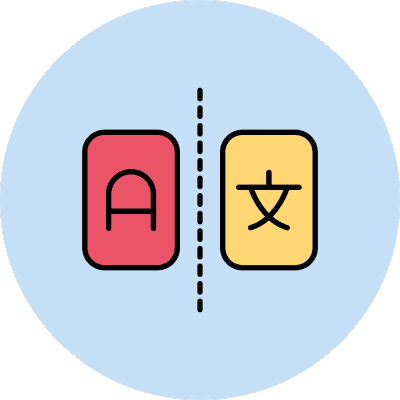
Language Barriers
But have you ever tried having even a simple conversation with someone who speaks a different language? You don’t get anywhere, and everyone is confused! So dating and being intimate with someone who speaks a different language is pretty much impossible to do. Sure, love is its own language, but it can only take you so far—you have to be able to communicate. Language barriers Will inevitably result in misunderstandings and communication difficulties. Nuances, humor, and emotional expressions will be lost in translation, making it hard—nay, out of the question—to connect with someone on a decent level. These kinds of challenges usually discourage people from pursuing international relationships, which in turn limits their opportunities to find love.

Importance of Real-Time Translation
Real-time translation can make a huge difference in this context. It helps people communicate naturally, breaking down any language barriers and allowing for more genuine (and understandable to both parties, which is a must) convos. By enabling better understanding, real-time translation makes it possible to talk about emotions, tell some jokes if you have a good sense of humor, and swap stories that the other will actually understand.
This technology opens up so many possibilities for building connections with people from different linguistic backgrounds. It could also help individuals appreciate each other’s cultural nuances and perspectives, creating more meaningful relationships. In a world where love is not bound by language, real-time translation would be a boon for making international dating more accessible and successful.
How AI-Powered Real-Time Translation Works
AI-powered real-time translation relies on a combo of advanced technologies to function effectively. Here’s a basic breakdown of the main components that do the heavy lifting:
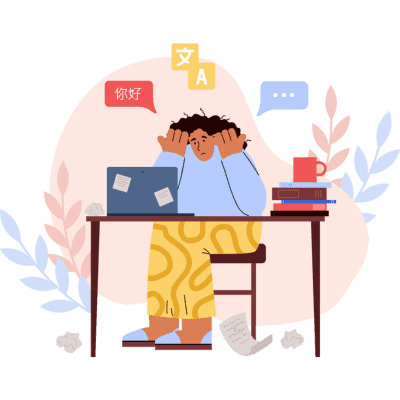
- Natural Language Processing (NLP): NLP enables machines to understand and interpret human language. It involves parsing text, identifying linguistic structures, and understanding context, which are crucial for accurate translations.
- Machine Learning (ML): Machine learning algorithms improve translation accuracy over time by learning from massive amounts of language data. These algorithms can recognize patterns and make predictions based on previous translations, continuously improving their performance.
- Neural Networks: Neural networks, particularly deep learning models, are used to process and translate languages. These models mimic the human brain’s structure and function, allowing them to handle complex tasks like language translation. Recurrent neural networks (RNNs) and transformer models are particularly effective in this domain.
- Speech Recognition and Synthesis: For spoken communication, AI uses speech recognition to convert spoken language into text and speech synthesis to convert text back into spoken language in the target language. This enables real-time translation of voice conversations.
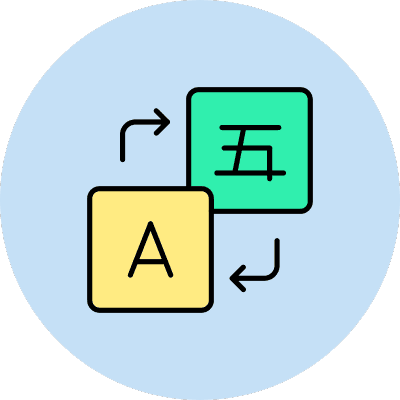
Process: Current Real-Time Translation Without AI
To understand how AI improves real-time translation, let’s first take a look at how it currently works in dating apps without the help of AI.
- Input Capture: The user types or speaks a message in their native language.
- Language Detection: The app identifies the language of the input message using a predefined list of languages.
- Text Parsing and Analysis: The text is broken down into smaller units (words, phrases) for easier translation. Basic parsing rules and dictionaries are used to interpret the text.
- Translation: The text is sent to a translation service, often using a rule-based or statistical machine translation method. This method translates text word-by-word or phrase-by-phrase without understanding the broader context.
- Output Generation: The translated text is generated and returned to the app.
- Delivery: The translated message is delivered to the recipient in their native language, typically appearing in the chat interface with a delay due to processing time.
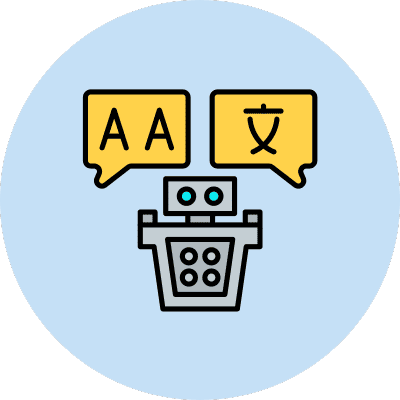
Process: Real-Time Translation with AI
Now, let’s see how translation could be improved when AI is introduced into the process!
- Input Capture: The user types or speaks a message in their native language.
- Language Detection: The AI system detects the language of the input message using advanced language recognition algorithms.
- Text Parsing and Analysis: NLP algorithms break down the text, understanding not just the words but also the context, sentiment, and intent behind them.
- Translation: The parsed text is processed by neural network models, such as transformer models, which provide more accurate and context-aware translations. Machine learning algorithms continually improve this process by learning from vast datasets.
- Output Generation: The translated text is generated. If the communication is spoken, the text is converted back into speech using sophisticated speech synthesis techniques that can capture intonation and emotion.
- Delivery: The translated message is delivered to the recipient in their native language almost instantaneously, appearing in the chat interface seamlessly.
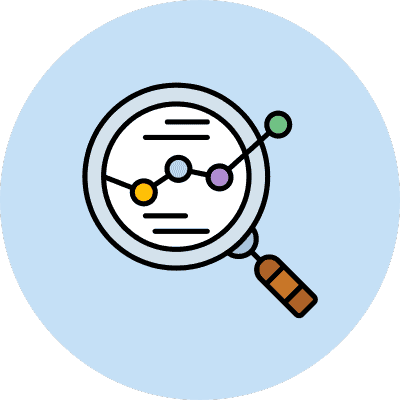
Comparison
Comparing traditional methods to AI-driven processes highlights the improvements AI would add to real-time translation.
- Language Detection: Traditional methods rely on predefined lists and rules, while AI uses advanced algorithms for more accurate detection.
- Text Parsing and Analysis: Basic parsing vs. AI’s context-aware NLP, which understands the nuances of language.
- Translation: Rule-based/statistical methods vs. AI’s neural networks that learn and improve over time.
- Output Generation: Simple text conversion vs. AI’s ability to generate speech with natural intonation and emotion.
- Delivery: Traditional methods often involve noticeable delays, while AI offers near-instantaneous translation, maintaining the flow of conversation.
By incorporating AI, real-time translation in dating apps would become more accurate, context-aware, and seamless, enabling better communication and connection between users who speak different languages.
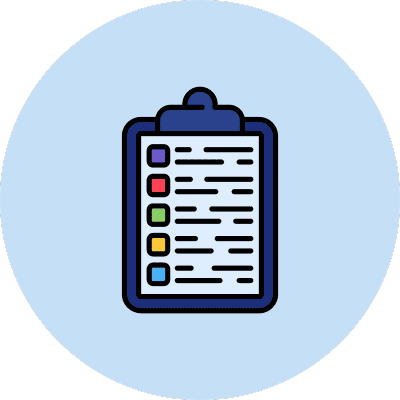
Accuracy and Speed
AI technology continues to get better and better, and it will be clutch in giving quick and accurate translations to keep conversations flowing:
- Large Datasets: AI models are trained on extensive datasets that include various languages, dialects, and contexts. This extensive training helps the models handle diverse linguistic nuances and cultural references.
- Context Awareness: Advanced NLP algorithms consider the context of a conversation, which is crucial for accurate translations. Understanding context helps avoid misinterpretations and ensures that the translated message retains its intended meaning.
- Real-Time Processing: AI systems are designed for high-speed processing, ensuring that translations are delivered almost instantly. This real-time capability is essential for maintaining the natural flow of conversation in dating apps.
- Continuous Learning: Machine learning models continuously learn and adapt from user interactions. This means that the more the system is used, the better it becomes at providing accurate translations.
By integrating these technologies and processes, AI-powered real-time translation can give multilingual dating a remodel or a makeover, making it easier for people to connect and communicate, regardless of any language barriers!
Possible Features of AI Translation in Dating Apps
A primary feature of AI translation in dating apps is the ability to translate written messages in real time. This means when users type messages in their native language, they will then instantly appear in the recipient’s language, enabling conversations to continue without the need for manual translation.

Voice Translation
For more personal interactions, voice translation would be an amazing feature to have on dating apps! It would allow spoken language to be translated during audio and video calls, enabling users to communicate face-to-face. Whether you’re having a casual chat or a more serious discussion, voice translation would mean that language differences don’t become a barrier

Cultural Context
AI translation could eventually be able to consider cultural nuances and idiomatic expressions, going far beyond simple word-for-word translation. This would guarantee that messages are accurately translated and culturally appropriate, reducing the risk of misunderstandings. By understanding context and cultural references, AI would make conversations feel more organic and real.
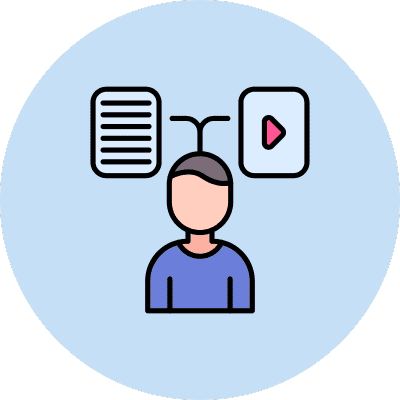
User Interface
Integrating translation features into the user interface would be necessary for an intuitive experience. Dating apps could incorporate these features in a way that feels natural and easy to use. For example, a simple toggle button to switch between languages, automatic detection of the user’s preferred language, and real-time updates in the chat interface can make the translation process efficient and user-friendly.
By incorporating these features, AI translation in dating apps can create a more inclusive and connected user experience, breaking down language barriers and enabling better communication and understanding across cultures.
Benefits of Real-Time Translation in Multilingual Dating
Real-time translation in dating apps could break down language barriers, allowing connections with people from every corner of the globe. Language differences currently limit your potential pool of matches but with this technology? You could easily communicate with someone who speaks a different language, opening up endless possibilities for international romance—oh la la (that’s if you meet someone in France). Your perfect match might be living on another continent, and this technology could make it possible to meet and get to know each other without the usual language constraints.
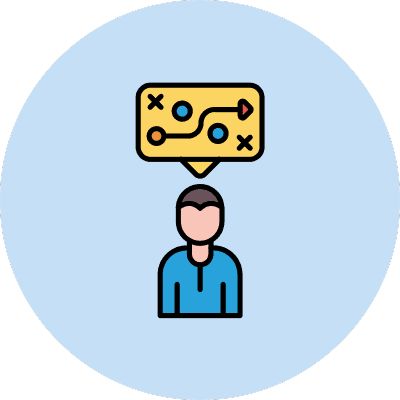
Better Communication
Good communication is the heart and soul of all relationships, romantic or platonic. Real-time translation could make it easier to have worthwhile conversations without the constant struggle of language differences. Instead of relying on basic phrases and simple words, deeper talks and expressing feelings could become more organic. This technology could decrease misunderstandings, making conversations more fluid and allowing you to get to know your match on a more intimate level.
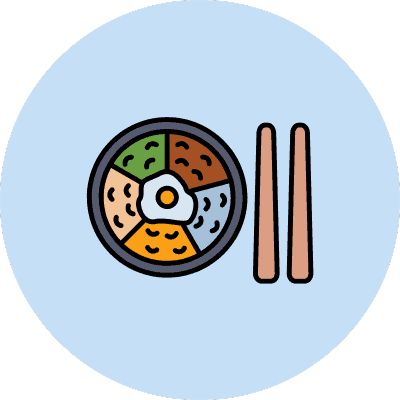
Cultural Exchange
Dating someone from a different cultural background offers a rich and rewarding experience. Real-time translation would promote cultural exchange by allowing you to learn about each other’s traditions, values, and way of life directly from your romantic partner. This kind of interaction means a greater appreciation and understanding of different cultures, making your dating experience so much more enriching and broadening your own worldview. By breaking down language barriers, this technology could pave the way for a more inclusive and culturally diverse dating environment.
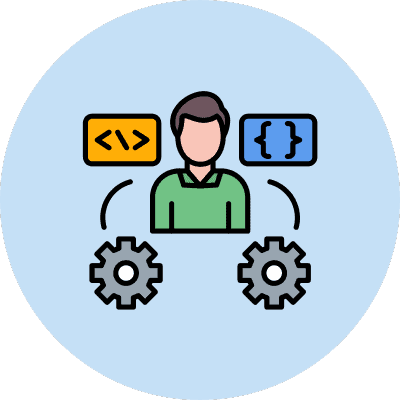
User Experience
The overall user experience on dating platforms could be boosted with real-time translation—an app where you no longer need to switch between languages or use external translation tools would provide a simple and user-friendly experience. This convenience would cut back on frustration and increase user satisfaction, encouraging more time spent on the app and higher engagement levels. As users feel more comfortable and connected, the likelihood of successful matches and an active user community would go up!

Practical Considerations
Real-time translation could save users from the hassle of navigating language barriers. Integrated within the app, it would provide a seamless experience, allowing users to focus on building connections rather than struggling with language issues. As translation technology advances, the accuracy and speed of translations will improve, making the dating experience even more fun and efficient.

Building Confidence
Dating someone who speaks a different language can be super intimidating! Real-time translation could build up confidence by offering a reliable way to communicate. Knowing you have a tool to help bridge the language gap could give you the courage to reach out and start chats with people you might have previously felt were out of your reach. This could be especially empowering for users learning a new language, offering a safety net while they practice and improve their skills.
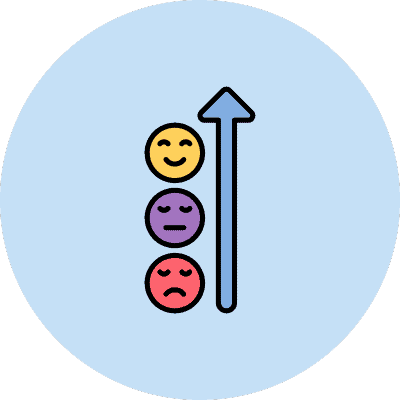
Emotional Connection
Being able to express your feelings and understand your partner’s emotions is essential in building a strong romantic relationship. Real-time translation could help bolster these emotional connections by making communication more accessible. You could convey your thoughts and emotions more freely, helping to create a stronger bond. This technology could lead to more fulfilling relationships, as both people will feel heard and understood.
The potential benefits of real-time translation in multilingual dating are immense—from broadening your pool of matches and facilitating better communication to promoting cultural exchange and improving user experience; this technology could change the way we connect with others. By making communication easier and more natural, real-time translation could help build stronger, better romantic relationships across language barriers.
Real-World Examples and Success Stories
Real-time translation is already making a noticeable impact in the world of online dating, although it isn’t leveraging AI…yet. Platforms like Bumble have showcased numerous success stories where couples have overcome language barriers to form meaningful connections. One notable example involves a couple who managed to maintain their relationship despite one partner moving across the country, thanks to translation features that allowed them to communicate effectively during their travels.
Luke & Amanda: “Amanda swiped right on Luke not only because she thought he was cute, but because she recognized all of his photos from around the world. As avid travelers they had plenty to talk about, and their chemistry after the first date was undeniable. So, what was the catch? Luke had to move across the country. They stayed in touch, but it was a decision to meet up in Portugal that made them realize no amount of distance could get in the way of their connection.”
This story highlights the potential of AI-powered translation to level up these experiences even further. By integrating more sophisticated AI technologies, dating apps could offer even smoother and more accurate translations, making it easier for couples to understand each other and build better connections—no matter the language differences.
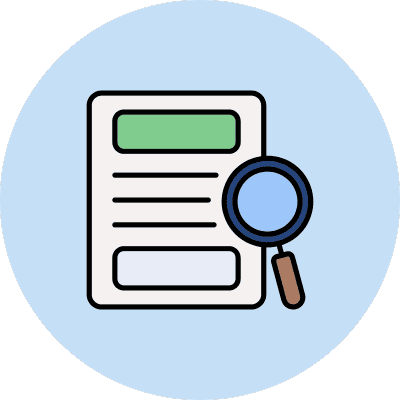
Case Study Analysis
A specific case study can be seen with apps like Tinder, which, according to the Pew Research Center, recently began to incorporate basic translation features to facilitate international connections. The introduction of AI could improve these functionalities by providing real-time, context-aware translations, thus enhancing user experiences and potentially increasing the success rates of cross-cultural relationships.
Additionally, the success of these features is supported by lots of positive user feedback. Users have said that they feel more connected and understood when translation tools are at their disposal, underscoring the potential benefits of AI-enhanced translation in dating apps. With the continuous advancements in AI, the future holds promising improvements for singles who are looking to connect past language barriers.
Challenges and Limitations
One of the biggest challenges with AI-powered real-time translation will be verifying accuracy. While advancements in natural language processing and machine learning have made big strides, the technology is in no way infallible. Errors still occur, especially with idiomatic expressions, slang, or nuanced language that don’t directly translate well from one language to another.
For example, a phrase that makes perfect sense in English might come across as nonsensical or even offensive in another language if not translated correctly. To address this, developers are continuously working on improving the algorithms and incorporating larger and more diverse datasets to train the AI. This helps the system better understand context and subtleties in different languages.
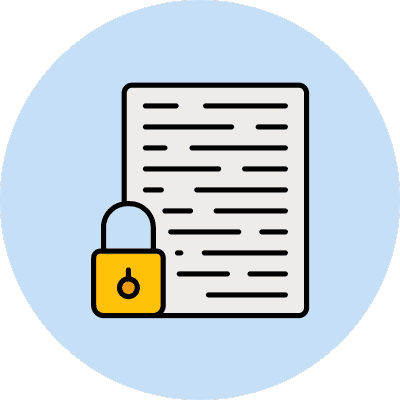
Privacy and Security
When it comes to using AI translation features in dating apps, privacy and security are critical concerns—users have to be able to trust that their conversations and personal data are protected. The integration of AI in real-time translation means that user data is processed, often in the cloud, which raises concerns about data breaches and unauthorized access.
Dating apps will have to implement strong encryption methods and strict privacy policies to protect user info, so making sure that the AI models comply with data protection regulations like GDPR is also essential. This includes anonymizing data and limiting the amount of personal information that is stored or shared.
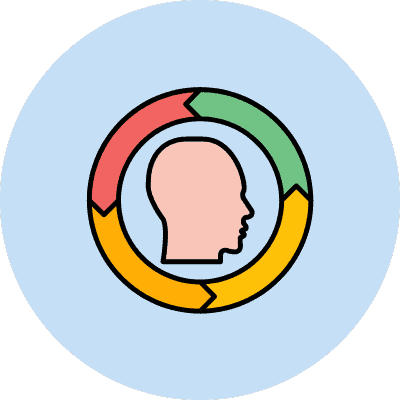
Cultural Sensitivity
Translating content accurately is one thing, but translating it in a culturally sensitive manner is another kettle of fish entirely. AI has to be capable of understanding and respecting cultural nuances to avoid misunderstandings or any offense. This is especially important in dating, where cultural context influences communication and relationship dynamics.
For instance, humor, gestures, and expressions can vary wildly between cultures. A joke that is funny in one culture might be inappropriate at best and downright offensive at worst or totally make no sense in another. Developers are working on training AI models to recognize and adapt to these cultural differences, but it remains a really complicated undertaking. Continuous learning and feedback from users will be able to help improve the AI’s sensitivity to cultural contexts, but it has to be addressed so it can work properly!
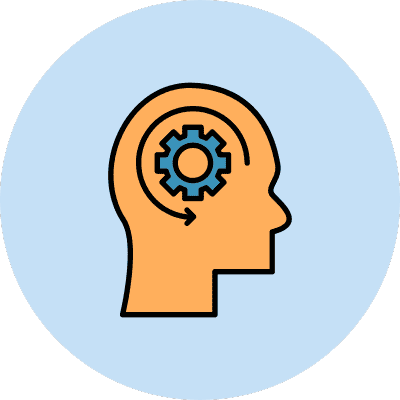
Technical Limitations
Despite the progress that’s been made in AI and real-time translation, there are still technical limitations to take into account. Real-time translation requires a ton of computational power and low latency to be effective in live conversations. This is a challenge, especially on mobile devices where processing power and connectivity can vary.
Moreover, the quality of translations can depend on the languages involved. Some languages, particularly those with less digital representation or more complex grammar rules, might not be as accurately translated as more common languages. This disparity can limit the effectiveness of AI translation for some users.
Future improvements could involve more advanced neural networks and better integration of contextual understanding. As AI continues to evolve, it’s likely that these limitations will decrease, making real-time translation more reliable and accessible for all users.
AI-powered real-time translation holds great promise for breaking down language barriers in multilingual dating. Yet challenges like accuracy, privacy, cultural sensitivity, and a few technical limitations need to be addressed and ironed out to fully realize its potential. As developers continue to perfect these technologies, the future looks super bright for a more connected and inclusive world of online dating.
The Future of AI in Multilingual Dating
AI translation technology could be the way to transform multilingual dating with a host of new developments. Context-aware translation is on the rise, improving the way AI understands idiomatic expressions, humor, and cultural references. This progress is largely driven by enhancements in natural language processing (NLP) and the use of extensive, diverse datasets that allow AI to learn from real-life conversations.
Speech-to-text and text-to-speech technologies are also advancing. These innovations are making voice translation more natural, enabling better conversations during audio and video calls. As these technologies become more refined, they will facilitate quicker and more accurate translations, making it easier for users to communicate in real time.
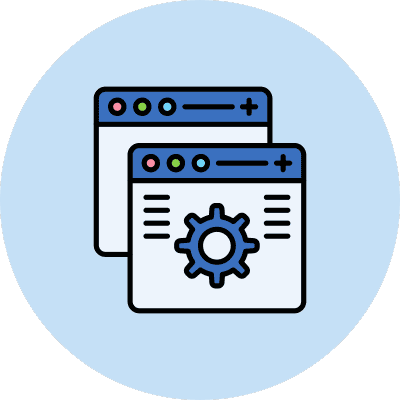
Integration with Other Features
Real-time translation would be able to work alongside other AI features to create a more holistic dating experience. For example, integrating translation with AI-driven matchmaking can help users find matches who not only share common interests but can also communicate despite language differences. These matchmaking algorithms analyze user behaviors and preferences to suggest the most compatible partners.
Additionally, AI can use language compatibility and cultural preferences to improve dating profile recommendations. This would allow users to be matched with people they are more likely to connect with on multiple levels, not just linguistically. Furthermore, sentiment analysis can help AI understand the tone and emotional context of messages, meaning that translations are accurate and convey the intended meaning.
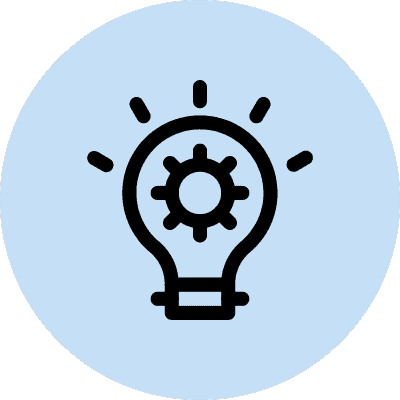
Long-Term Impact
The use of AI translation in dating apps could have far-reaching effects on the dating world. One major impact is the potential for more diverse and multicultural relationships. By eliminating language barriers, AI can help users connect with a wider range of people from different cultural backgrounds, encouraging cultural exchange and understanding.
And as real-time translation technology becomes more reliable, users may become more open to international matches, knowing that communication won’t be an obstacle. This would expand the dating pool and promote global connections and relationships.
In the long term, the acceptance of AI translation in dating apps could influence societal attitudes towards multicultural relationships. As people become more accustomed to interacting with those from different cultural and linguistic backgrounds, there may be a greater appreciation for diversity in romantic relationships. This could go a long way toward a more inclusive and interconnected world!
AI-powered real-time translation has the potential to revolutionize multilingual dating. By integrating advanced translation technologies with other AI features, dating apps can create a more personalized and culturally sensitive experience. The long-term impact of these advancements could completely alter the dating landscape, promoting more cultural exchange and expanding the possibilities for connections across language barriers.
Conclusion
You’re swiping right on a dating app, and you come across someone who seems perfect for you—except they speak a different language. Right now, you’ll groan and swipe left because you don’t speak their native language. But if you had access to AI-powered real-time translation, you could swipe right and chat away as if you were fluent in each other’s languages. Although it’s not available now, it’s a no-brainer for dating apps to use in the near future!
We covered a lot, so here is a bite-sized breakdown of how this tech could change your love life for the better.

Innovations and Trends
- Advancements in context-aware translation are making AI better at understanding idiomatic expressions, humor, and cultural references.
- Speech-to-text and text-to-speech technologies are improving, enabling more natural voice translations during audio and video calls.
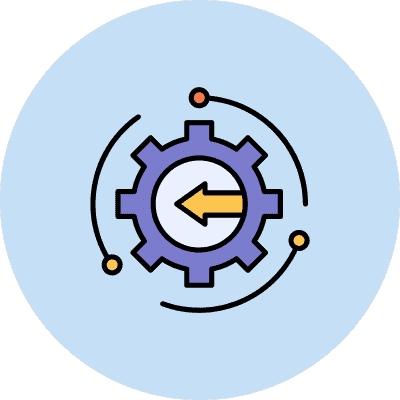
Integration with Other Features
- Real-time translation can work alongside AI-driven matchmaking to suggest compatible partners based on language compatibility and cultural preferences.
- Sentiment analysis can help AI understand the emotional context of messages, making sure translations are accurate and meaningful.
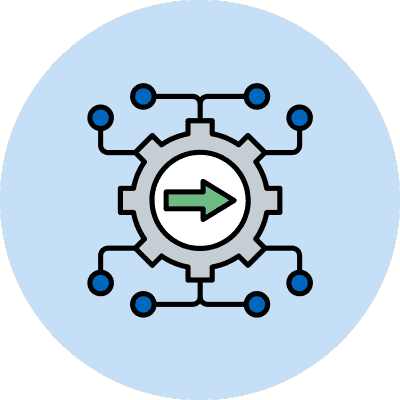
Long-Term Impact
- AI translation in dating apps could lead to more diverse and multicultural relationships by eliminating language barriers.
- As real-time translation becomes more reliable, users may be more open to international matches, promoting global connections.
- The acceptance of AI translation could influence societal attitudes towards multicultural relationships, creating a greater appreciation for diversity.
AI-powered real-time translation is set to change the scene for multilingual dating. By integrating advanced translation technologies with other AI features, dating apps can offer a more personalized and culturally sensitive experience, potentially transforming how we connect with others across language barriers. The future of dating looks more connected than ever, bringing people from different cultures closer together.
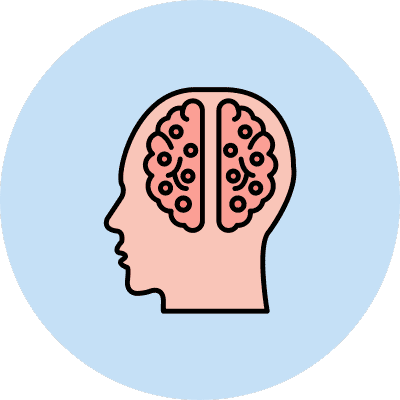
Final Thoughts
Reflecting on the potential of AI in breaking down language barriers, it’s clear that we are on the brink of a big change in the dating app world. Real-time translation powered by AI could transform how we connect with others, making it easier to form relationships across different languages and cultures. This technology doesn’t just promise better communication; it opens the door to a more inclusive and interconnected global community. A world where language is no longer a barrier to love, where people from different backgrounds can easily understand and appreciate each other’s perspectives? This is the future that AI in multilingual dating could create.
Don’t miss out on the opportunity to expand your dating horizons. As AI-powered real-time translation becomes available on dating platforms, give it a go! It’s your chance to connect with someone from a different cultural background and experience the world through their eyes. The world is full of potential matches waiting to meet you—why let language be a barrier?
